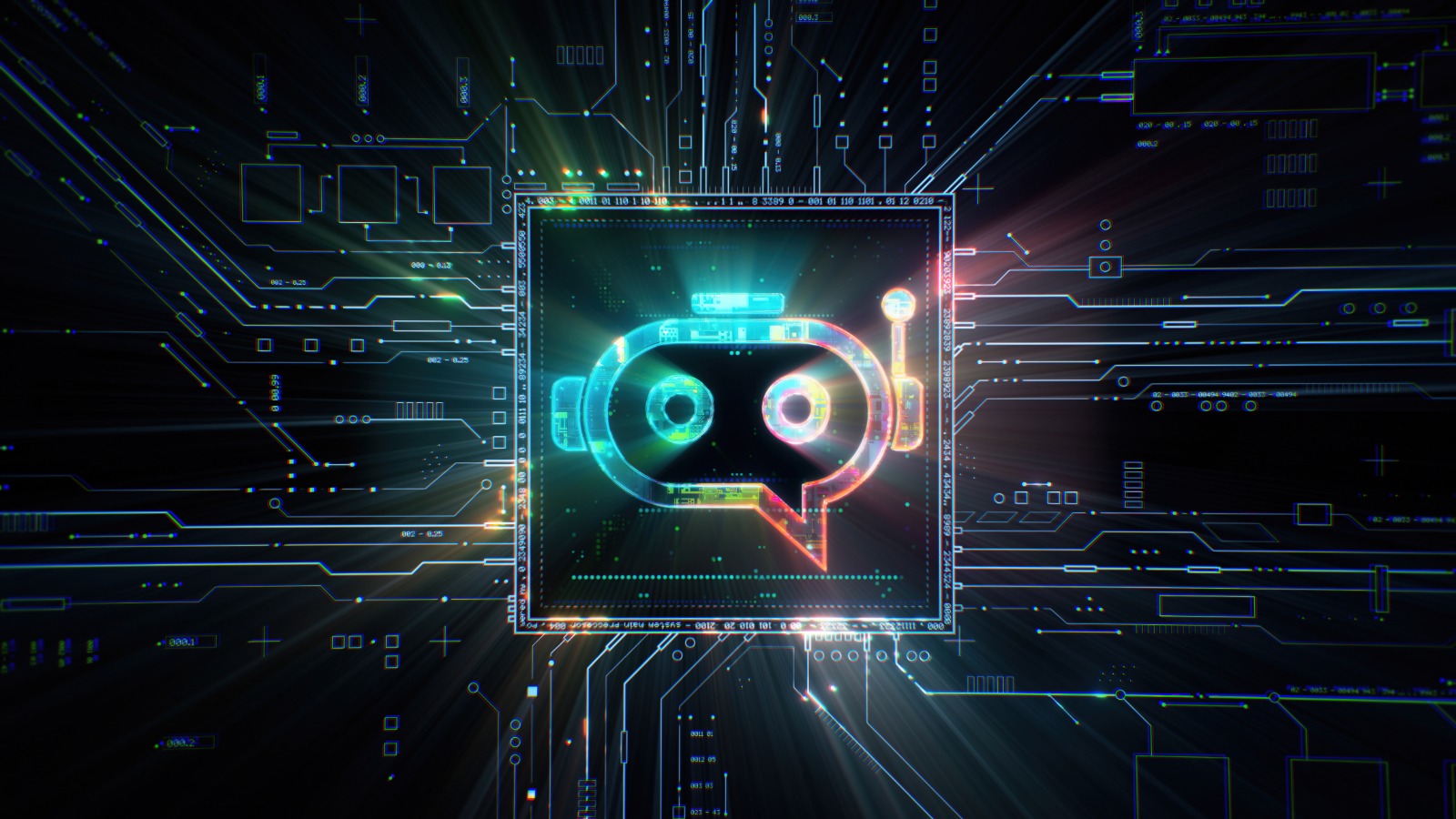To go hand-in-hand with generative AI and large language models, CPaaS providers are partnering, as they aim to connect their CPaaS toolkit with world’s leading generative AI hosts like Microsoft, Google and Amazon.
Yes, it’s right, as the future of chatbots doesn’t just lie in automating customer service, it instead lies more, in crafting intelligent digital assistants that help in transforming business operations, by improving customer experiences. Ranging from healthcare to finance, retail to education, AI chatbots, because of their capability and smooth integrations, have now become essential components of any business which is digital. Knowing the viability of this mighty technology, industries around the globe have understood that it is not optional.
AI Chatbot statistics shows the trends and the wave they have taken the industry by. When it was reported after a survey that companies will save up to $11 billion and nearly 2.5 billion hours by using chatbots, many of the industries started integrating them without delays. Some of the other trends are;
Also Read: Navigating the Complexities of AI Expense Management
- The global AI chatbot market is valued at $15.57 billion in 2024.
- By 2029, the global chatbot market will rise to $46.64 billion.
- More than 987 million people use AI chatbots.
- The cost to develop and implement a chatbot ranges between $5,000 and $500,000.
AI Chatbot Integration With Other Technologies
The integration of AI chatbots with other high demand technologies has opened the road towards new possibilities;
- IoT integration for smart home and industrial automations
- Augmented Reality (AR) for guiding visually and immersive experiences
- Virtual Reality (VR) for interactive customer support and training sessions
- Blockchain for secure and transparent chatbot interactions
- 5G networks enabling real-time applications with high-bandwidth chatbot
- Edge computing for reduced TAT and enhanced data privacy
- OpenAI integrations for advanced language understanding and generation capabilities
Role of AI Chatbots in Enhancing User Experience
1. Human-Like Interactions
Chatbots have now become easily adaptable to understand and create human-like conversations, containing context, and responding naturally.
2. Enhanced Personalization
AI is being highly used for personalizing chatbot conversations, by containing a knack of past interactions, demographics, and preferences as this helps to create personalized experiences.
3. Voice Integration
Voice bots have become even more popular, as users can interact with chatbots through voice commands which makes the bot easily accessible and intuitive.
4. Generative AI
Generative AI has enabled chatbots to provide hyper-personalized responses and learn and imbibe in a sustained manner, improving the quality of the responses.
5. Advanced Natural Language Processing (NLU)
More advanced NLU is equipping chatbots to deeply understand user queries, by diversifying perspectives, handling complex requests, and engaging in more conversations which are less conventional or complex.
6. Autonomous AI Agents
AI chatbots have evolved into autonomous agents and now can perform tasks without human intervention, improving accuracy.
7. Emotional Intelligence
Chatbots with sustained learning programs are now able to better recognize and respond to queries with human emotions. It really makes them more effective at engaging with users.
8. Broader Industry Applications
Chatbots are being leveraged across varying industries which largely includes customer service, sales and marketing, logistics, and even agriculture. This all shows the versatility and capability of their varying applications.
9. Multimodal Interactions
Chatbots are now able to incorporate multiple modalities, like text, voice, and visuals, to offer an engaging user experience.
Also Read: The Future of Payroll: Trends to Watch in 2025
Key Trends In AI Chatbots
| Trend | Description | Impact |
| Advanced NLP | Improvements in language understanding and generation | More natural and context-aware conversations |
| Multimodal interactions | Integration of text, voice, and visual inputs/outputs | Enhanced user experience and accessibility |
| Emotional intelligence | Ability to recognize and respond to human emotions | More empathetic and personalized interactions |
| Autonomous learning | Self-improvement through continuous learning from interactions | Constantly evolving and improving performance |
| Seamless integration | Better integration with enterprise systems and IoT devices | More comprehensive and actionable responses |
Conclusion
The inception occurred over half a century ago, when ELIZA was created in 1966 by Joseph Weizenbaum at the MIT Artificial Intelligence Laboratory. ELIZA, known as the first chatbot, was structured and crafted in a manner to simulate a Rogerian psychotherapist. Now, we are here in 2025, where chatbots and AI are capable of performing most of the human tasks. Those who correctly leverage this technology, understanding both its potential and its challenges, could be benefited in large and show or even create new paths with the AI and its future.






